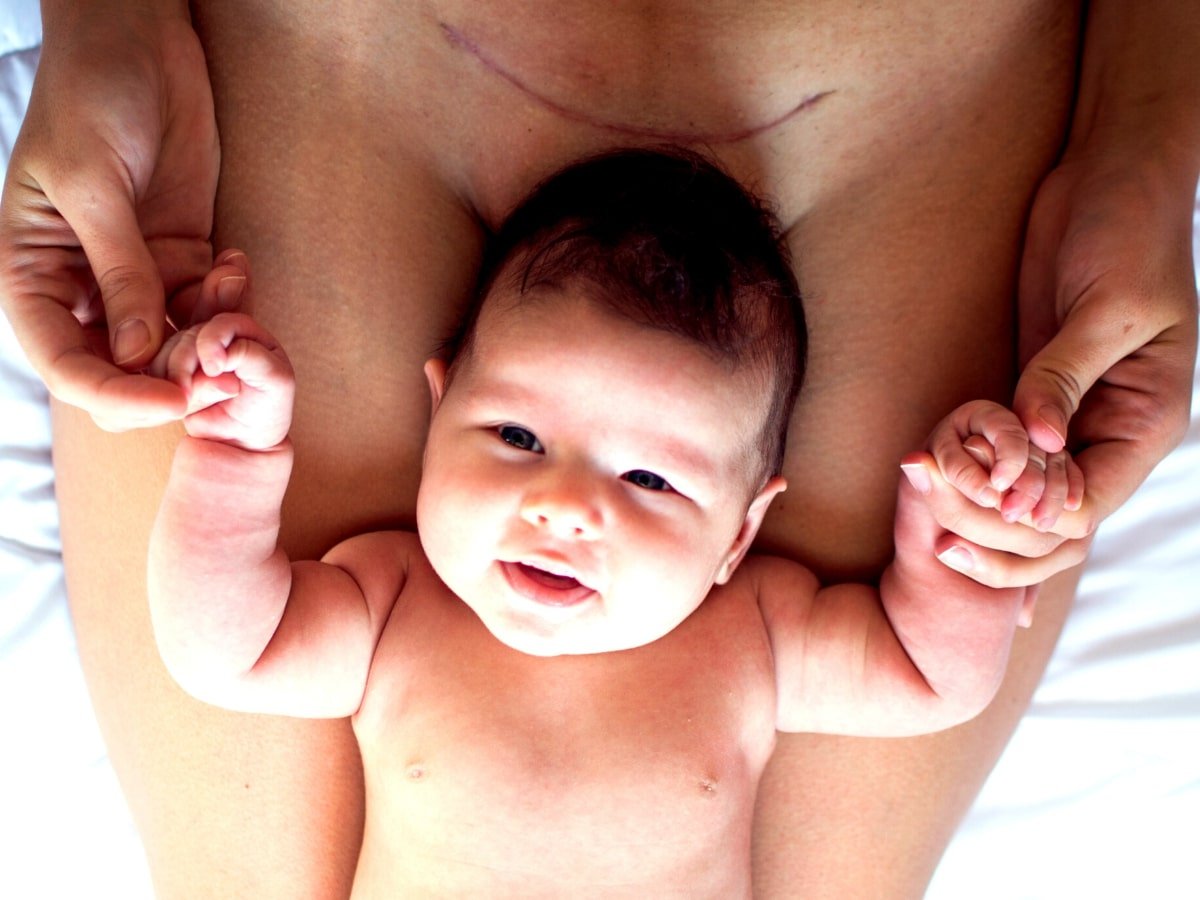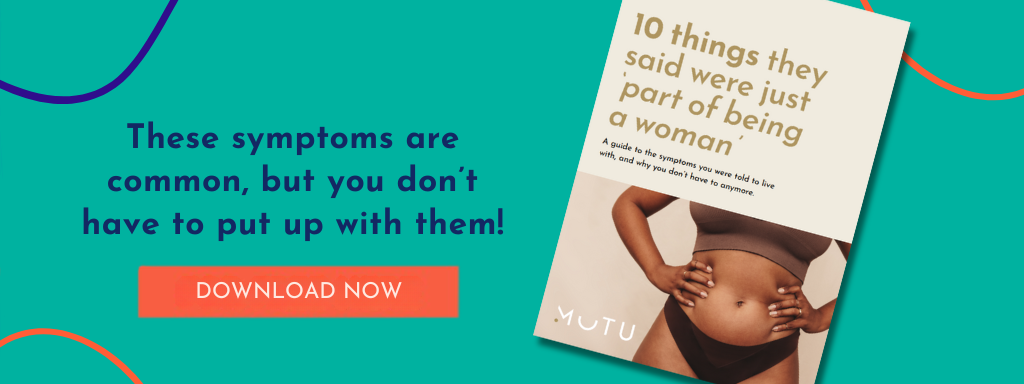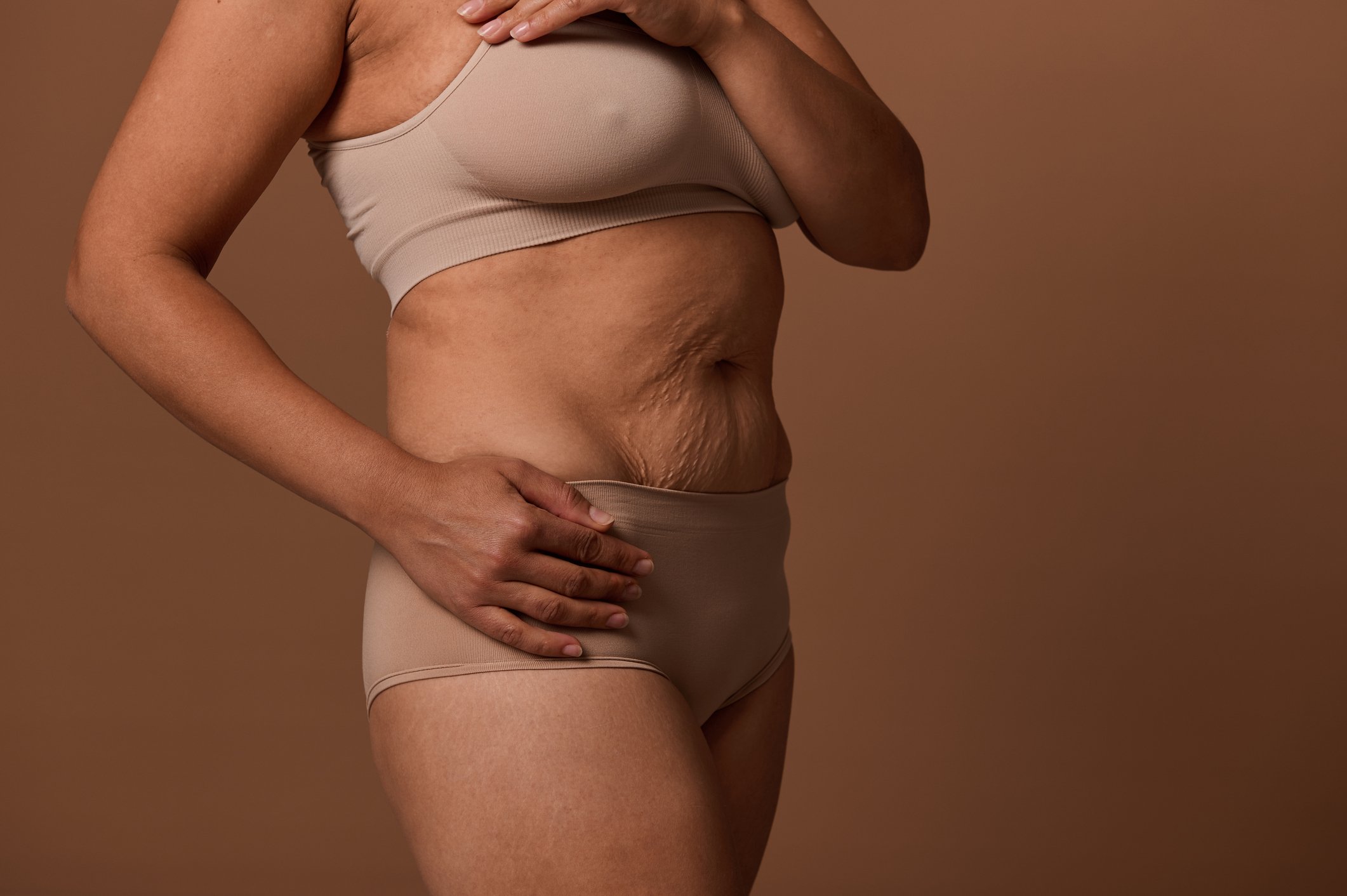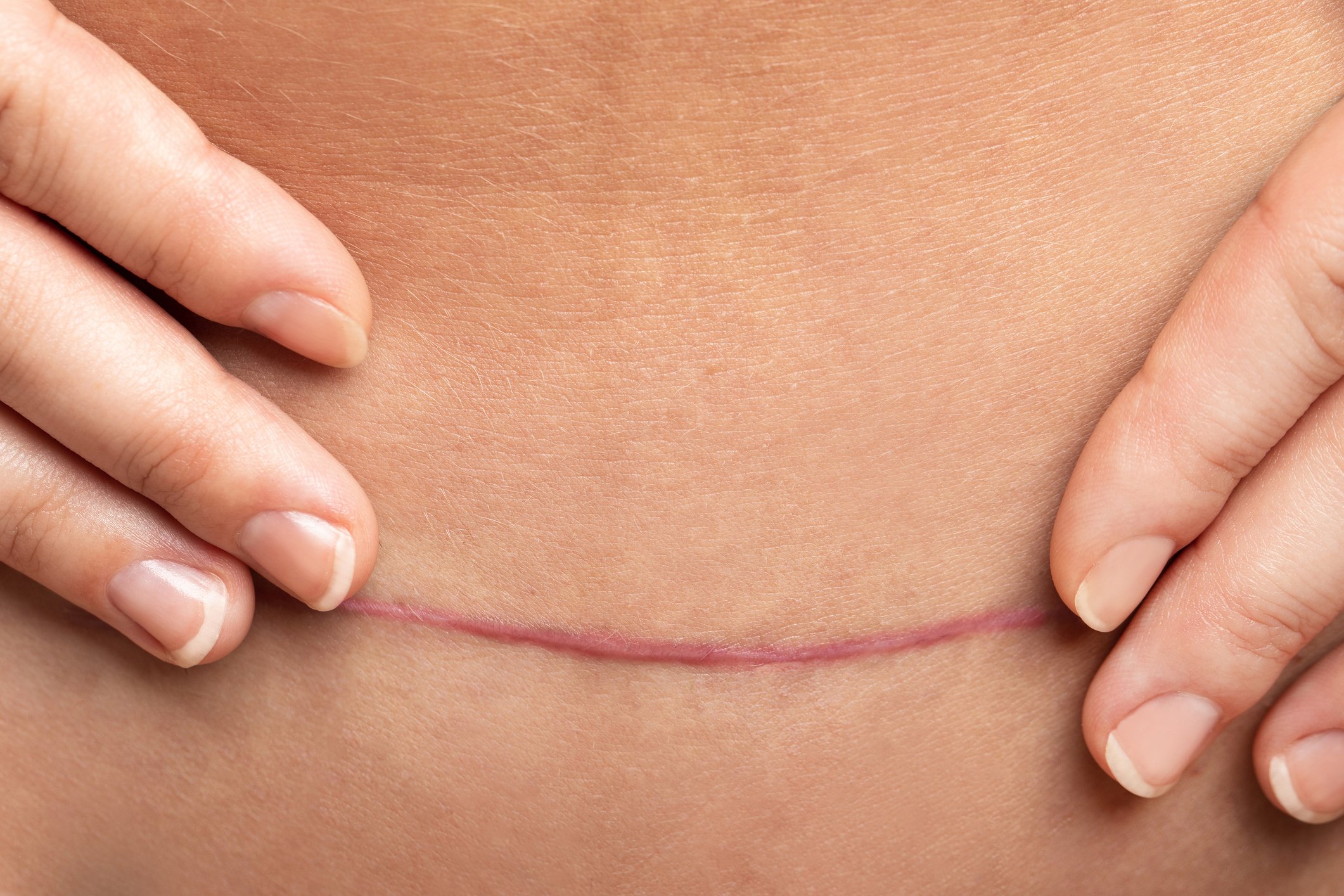When you’ve had a C-section, you’re told to rest, to heal, and to let the scar close. And then… You were discharged. You’re cleared for activity. You might even be told you’re “good to go”. But your c-section recovery wasn’t fully explained.
What no one tells you is that recovery after a C-section doesn’t stop when the scar heals.
Why Healing Isn’t the Same as Reconnection in C-Section Recovery
A Caesarean section is major abdominal surgery. The procedure involves multiple layers — skin, fat, fascia, and tissue are cut to deliver your baby safely, and yet C-Section recovery guidance is often minimal. Women are handed a baby, gifted a new scar, and then expected to bounce back.
And months, or even years later, they still don’t feel quite right.
That “not quite right” can feel like:
- Core weakness or a ‘numb zone’ in the lower belly
- Numbness, tingling, or sensitivity around the scar
- A bulging feeling in the abdomen when lifting or straining
- Low back pain, instability, or a lack of postural support
The problem isn’t in your head. It’s in the disconnection that surgery creates, and the lack of rehabilitation that follows.
Why So Many Women Feel Disconnected After a C-Section
During surgery, abdominal muscles and connective tissue are disrupted. Nerves can be damaged or rerouted, and scar tissue can form adhesions restricting movement.
But unless someone teaches you how to breathe, move, and re-coordinate your deep core and pelvic floor muscles… your body doesn’t just “figure out” recovery from c-section.
Most women are sent home with no structured plan. No real guidance on core rehab. No support for returning to daily movement safely.
This is the gap MUTU was built to fill.
What Reconnection Really Means for C-Section Recovery
Reconnection isn’t about “bouncing back” or flattening your stomach. It’s about:
- Restoring breath and movement coordination
- Rebuilding function in your core and pelvic floor
- Releasing tension and rebuilding strength gently and intentionally
It starts with:
- Breath-led movement: using your diaphragm to guide activation of the deep core
- Gentle, progressive exercise: rebuilding postural stability, balance, and mobility
- Scar awareness: understanding how the scar can affect sensation, mobility, and coordination
You don’t need intense workouts. You need a system that meets you where you are.

What No One Told You (But You Deserve to Know)
Many women feel shame when they still don’t feel strong months or years after a C-section. They think it’s “just them” — that they’re not trying hard enough or left it too late.
You haven’t. And you’re not broken.
You’ve simply never been shown how to reconnect 🧡
How MUTU Helps
MUTU isn’t about snapbacks or pressure. It’s about medically trusted, NHS GP and physiotherapist-endorsed recovery that gives you the tools to:
- Restore core function
- Reduce back pain
- Improve posture
- Feel strong and supported, not braced and disconnected
Whether you’re six weeks postpartum or six years past your C-section, it’s not too late.
You were handed a scar. You should’ve been given a postpartum recovery plan too.
We’ve got you.
Sources
- ACOG – Optimizing Postpartum Care
American College of Obstetricians and Gynecologists highlights the need for tailored, ongoing postpartum care after C-section. - ERAS Society – Enhanced Recovery After Cesarean Delivery
Guidelines focused on evidence-based interventions to support C-section recovery and patient outcomes. - American Pregnancy Association – Cesarean Aftercare
Covers physical recovery, activity, and support guidance following C-section.
- NHS – Recovering from a C-Section
Practical NHS advice on c-section post-operative care, movement, and healing expectations. - Bedfordshire Hospitals – Physiotherapy Advice Post-Caesarean
Detailed post-C-section guidance from a UK physiotherapy team. - University Hospitals Plymouth – C-Section Scar Care
Describes timelines and techniques for scar management post C-section.












